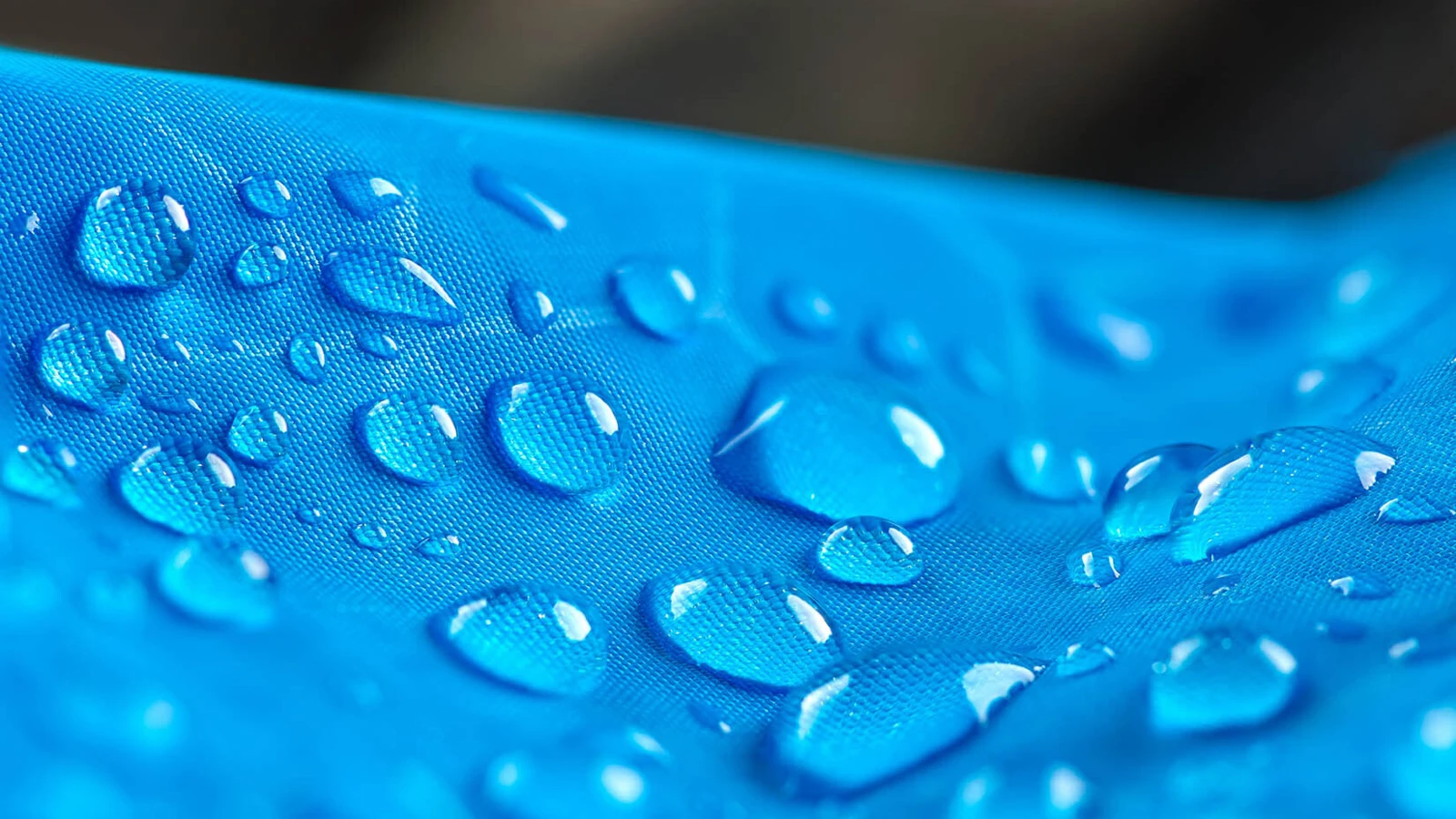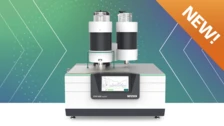
26.06.2023 by Claire Strasser
Dry. Humid. Wet. Polyamide and Water
Polyamides come in various types, each distinguished by their unique chemical structure and properties. One of the commonly used polyamides is Polyamide 6 (PA6), a linear polyamide made of caprolactam. PA6 is known for its high tensile strength, abrasion resistance, and chemical resistance. It is frequently used in textiles, packaging, automotive parts and electronic components.
The Power of Water
Due to their hygroscopic nature, polyamides absorb humidity from their environment. This, in turn, influences the properties of the material and hence processing of the material. Even a small amount of water in Polyamide 6 (PA6) will drastically decrease its Temperatura de Transición VítreaThe glass transition is one of the most important properties of amorphous and semi-crystalline materials, e.g., inorganic glasses, amorphous metals, polymers, pharmaceuticals and food ingredients, etc., and describes the temperature region where the mechanical properties of the materials change from hard and brittle to more soft, deformable or rubbery.glass transition because water acts as a plasticizer. For this reason, the moisture content of the material is an essential parameter to be checked and controlled.
An easy and fast way to proceed is to measure the glass transition of polyamide by means of differential scanning calorimetry (DSC) with the NETZSCH DSC 300 Caliris®. Actually, the higher the moisture content, the lower the glass transition temperature, so that this result can be used as a control parameter for the humidity present in the material.
However, the glass transition of polyamide detected in the DSC curves may be overlapped with peaks resulting from RelaxationWhen a constant strain is applied to a rubber compound, the force necessary to maintain that strain is not constant but decreases with time; this behavior is known as stress relaxation. The process responsible for stress relaxation can be physical or chemical, and under normal conditions, both will occur at the same time. relaxation effects and water evaporation peak. Temperature-modulated measurements enable separation of the effects for accurate evaluation of the glass transition temperature.
Want to know more? Read our latest application note:







